On Nov. 3, 1972, protesters from the Trail of Broken Treaties Caravan occupied the Bureau of Indian Affairs (BIA) offices in D.C. for six days. As reported in the Ann Arbor Sun, the caravan represent more than 300 nations of North America who went to D.C. “to demand the government’s fulfillment of all U.S. treaty obligations and to self-determination over the reconstruction” of life on the reservation.
In the preamble to their 20-Point Position Paper, protesters wrote:
We need not give another recitation of past complaints nor engage in redundant dialogue of discontent. Our conditions and their cause for being should perhaps be best known by those who have written the record of America’s action against Indian people. In 1832, Black Hawk correctly observed: You know the cause of our making war. It is known to all white men. They ought to be ashamed of it.
The government of the United States knows the reasons for our going to its capital city. Unfortunately, they don’t know how to greet us. We go because America has been only too ready to express shame, and suffer none from the expression — while remaining wholly unwilling to change to allow life for Indian people.
We seek a new American majority — a majority that is not content merely to confirm itself by superiority in numbers, but which by conscience is committed toward prevailing upon the public will in ceasing wrongs and in doing right. For our part, in words and deeds of coming days, we propose to produce a rational, reasoned manifesto for construction of an Indian future in America. If America has maintained faith with its original spirit, or may recognize it now, we should not be denied.
Press Statement issued: October 31, 1972
Among the points needing to be addressed to allow Indian communities to flourish were self-determination of improvements in health, housing, employment, economic development, and education; protection of religious freedom and cultural integrity; and to abolish the BIA and create an Office of Federal Indian Relations and Community Reconstruction.
Read the 20-Point Manifesto at the American Indian Movement website.
Read reflections on the occupation by Susan Shown Harjo in the article, “Trail of Broken Treaties: A 30th Anniversary Memory” at the Indian Country Today website. Visit the NMAI exhibit Nation to Nation: Treaties Between the United States and American Indian Nations.

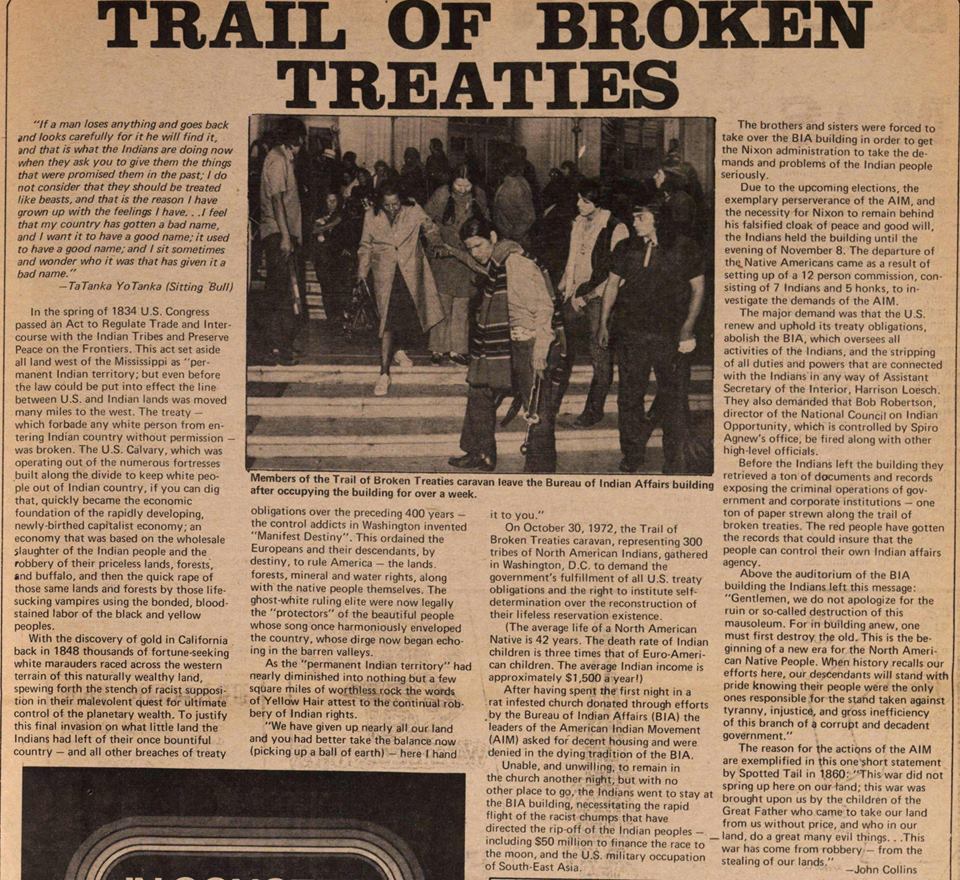

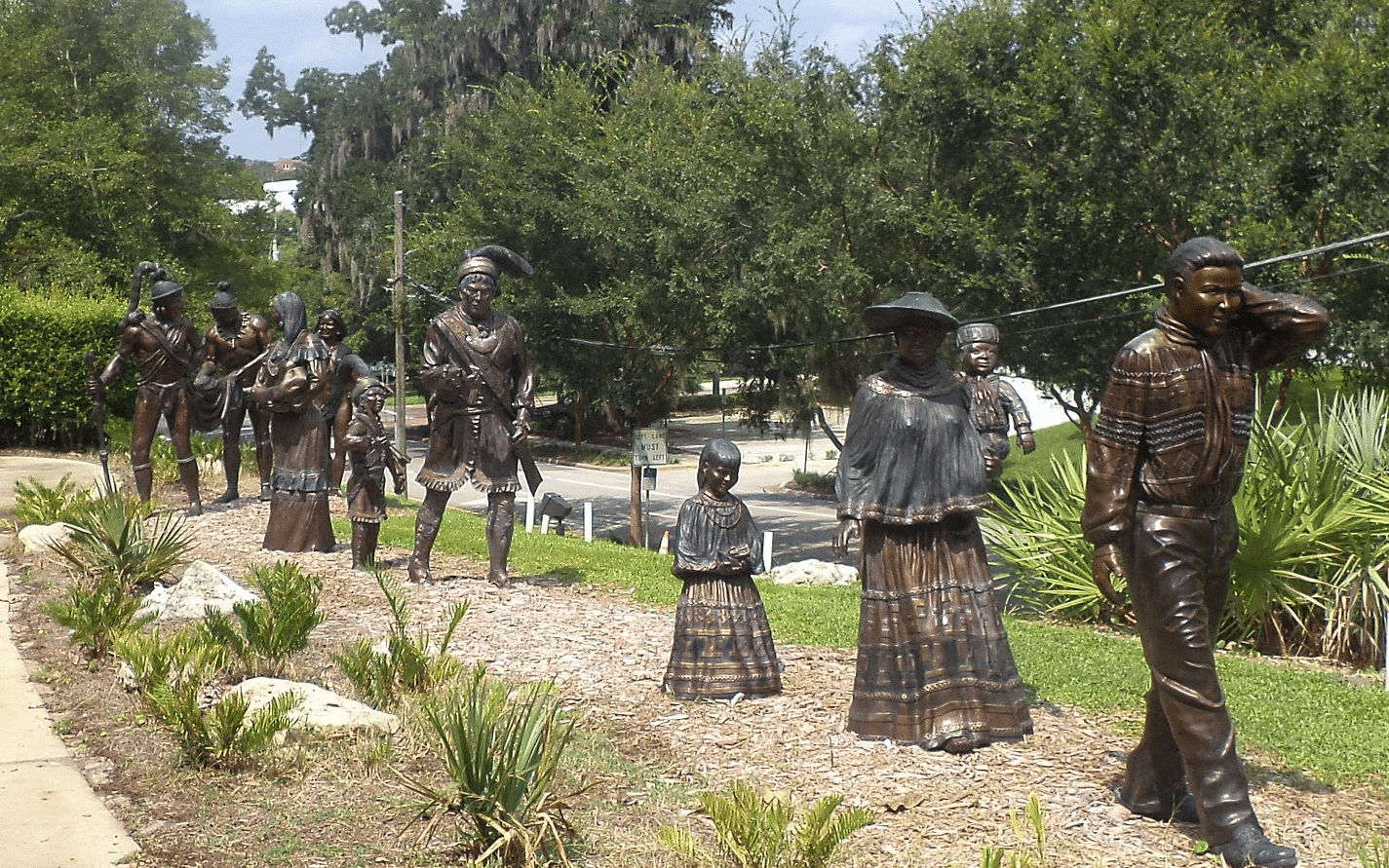
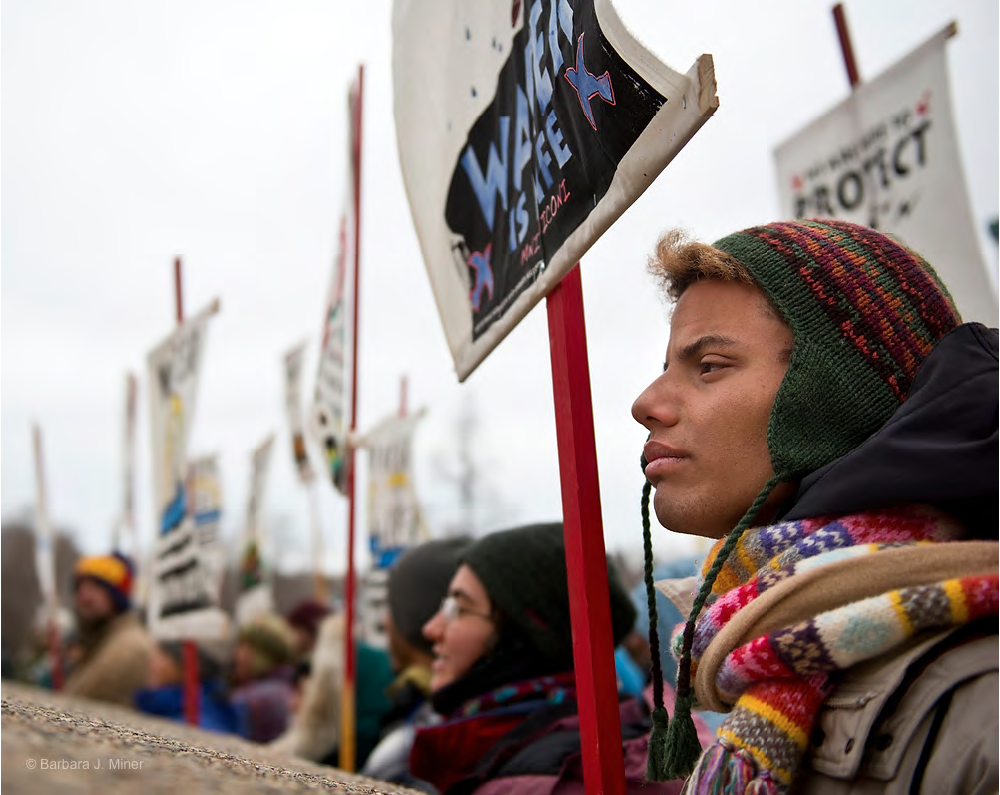
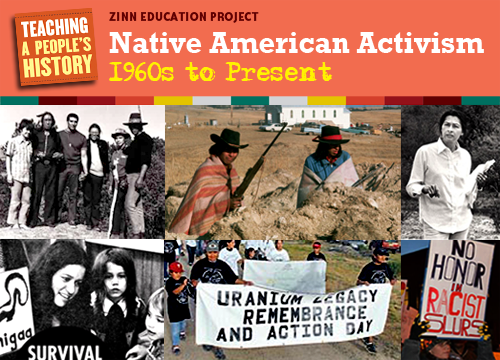
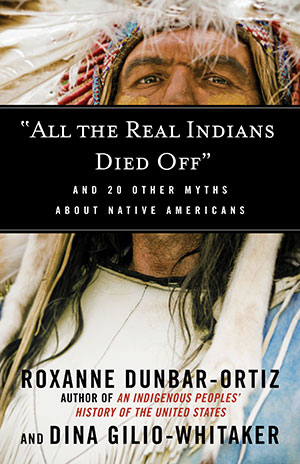
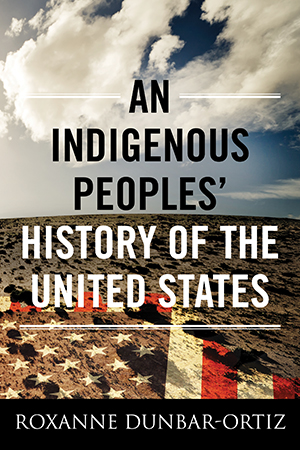
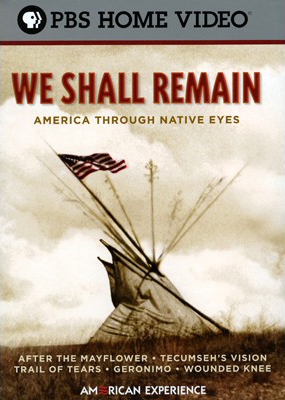
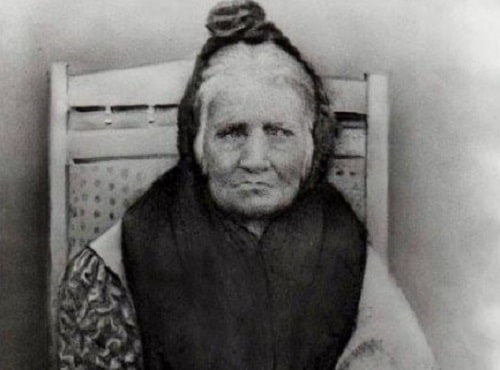
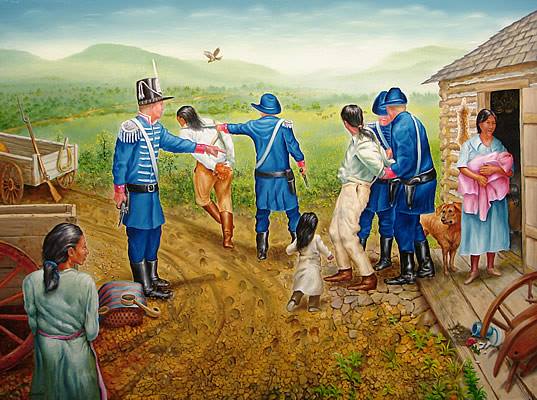





Twitter
Google plus
LinkedIn